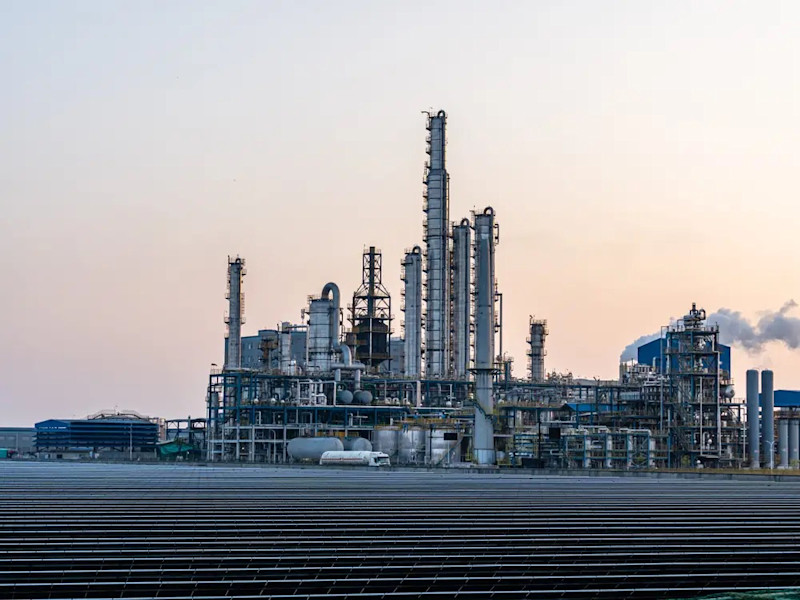“You can't pull fat. That's why I'm never injured”
– John
1. We're Building It ... But Will They Come?
The United States is rapidly building factories, and new data from the Census Bureau shows that construction spending by U.S. manufacturers has more than doubled in the past year. The federal government has provided billions in subsidies for the EV, semiconductor, and solar panel industries, creating roughly 800,000 jobs in two years. However, a skills gap could result in 2.1 million unfilled roles by 2030. The growth follows 2022 's passage of legislation (CHIPS, Science Act, and the Inflation Reduction Act).
2. Wait – There's Water on the Moon?
NASA recently tested its first robotic moon rover, VIPER, by simulating the rover's descent from a lunar lander ramp at the Ames Research Center. VIPER, set to search the moon's south pole for water, will be delivered via SpaceX's Falcon Heavy launch vehicle and Astrobotic's Griffin lander. This test phase aims to understand the complexities of the rover's exit from the lander, marking a crucial preparatory step. The primary objective of the 100-day mission is to build a resource map of the moon's water.
3. Florida Man 3D
Printed Farms nears completion of what it claims will be the world's largest 3D-printed building – a 10,100-square-foot luxury horse barn in Florida. The structure was printed using a COBOD BOD2 3D printer in multiple sections due to the printer's size. The 3D printing is finished, and installation of the roof, windows, doors, and electrical fittings are ongoing. The building was designed to withstand local weather conditions such as extreme heat, wind, hurricanes, and tropical storms.
4. What Good Is a Robot Arm If It Can't Flex?
Penn State researchers have developed an innovative ferroelectric polymer capable of efficiently converting electrical energy into mechanical strain. Promising applications include medical devices, advanced robotics, and precision positioning systems. The team used a polymer nanocomposite to improve performance and reduce the required driving field strength, overcoming traditional piezoelectric limitations. Challenges remain, but the team is confident in the potential of this "artificial muscle."
5. Multimaterial Magic
A key development in the rapid growth of additive manufacturing is the capability of multimaterial 3D printing, which allows for the creation of functional gradient builds, composites, novel alloys, and new methods for making electronic components. This technology can also alter existing materials – for instance, enhancing a rigid material's softness and pliability by adding a little bit of rubber-like material. However, so far, most multimaterial applications have been confined to research and academia.
To get the latest tech developments delivered directly to your inbox, subscribe to the weekly Tech Report here.
To access Tech Trends, log in to or register for an MTInsight account at https://www.mtinsight.org/






